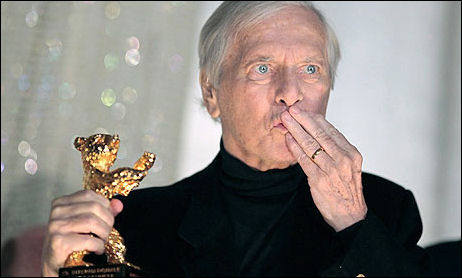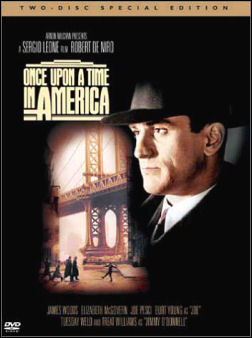“The New York Times, as we know it, has been disappearing for some time,” Newser‘s Michael Wolf wrote last Friday morning. “It may — diminishing as though by half-lives — have degraded to the point where, in any practical sense, it has long since ceased to be the leading voice in either journalism or the establishment.
“This is partly of its own doing: Almost all of its strategies to deal with the changes in the newspaper business — its national strategy, its online strategy, its regional strategy (buying the Boston Globe), its international strategy (buying the International Herald Tribune) — have bitten it in the ass. Nor have its strategies to deal with the changes in news itself been so successful — the featurizing and softnews-ifying of the front page has made the must-read Times a not-so-important read.
“But mostly the problem is that the New York Times is a newspaper. Once there was the New York Times, which, while in the form of a newspaper, represented something so much more significant–it was a daily bible. But now it is just a newspaper — no better, no worse. And there is nothing that it can do to escape the problems and the fate of all other newspapers. Technological obsolescence doesn’t discriminate. (The Times’ game efforts to compete in this world have only meant that it’s seen a faster undermining of its main revenue source — the newspaper).
“The last of the Times Mohicans — that band of journalism devotees (something more and more like railroad hobbyists), retro-Jewish liberals, and those remaining establishment types who depend on the Times to write about them — with their belief that the Times is unique and necessary, continue to hope against hope for a white knight solution.
“They will supply the whimper.”






